Have you ever wondered why the Parsis, one of India’s most influential communities, aren’t originally from India? Their story of Parsi history began in the 7th century when the Arab invasion of Persia forced them to leave their homeland. Faced with religious persecution, the Zoroastrians had no choice but to embark on a dangerous journey in search of a new home.
Their fire temples were destroyed, their sacred texts burned, and they were forced to convert or pay heavy taxes. Many couldn’t bear this oppression, so a small group made a life-altering decision—to leave their homeland and find refuge elsewhere.
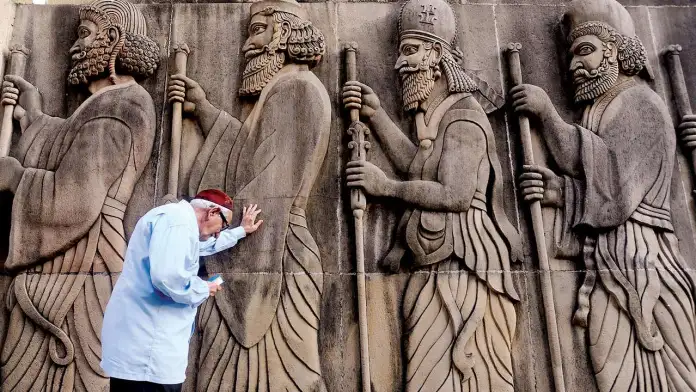
Table of Contents
What Happened When the Parsis First Landed in India – Parsi History?
After a long and dangerous journey by sea, the Parsis arrived on the shores of Gujarat in the 8th century. But finding a new home wasn’t as simple as stepping onto Indian soil. They had to convince the local ruler, King Jadi Rana, to let them stay.
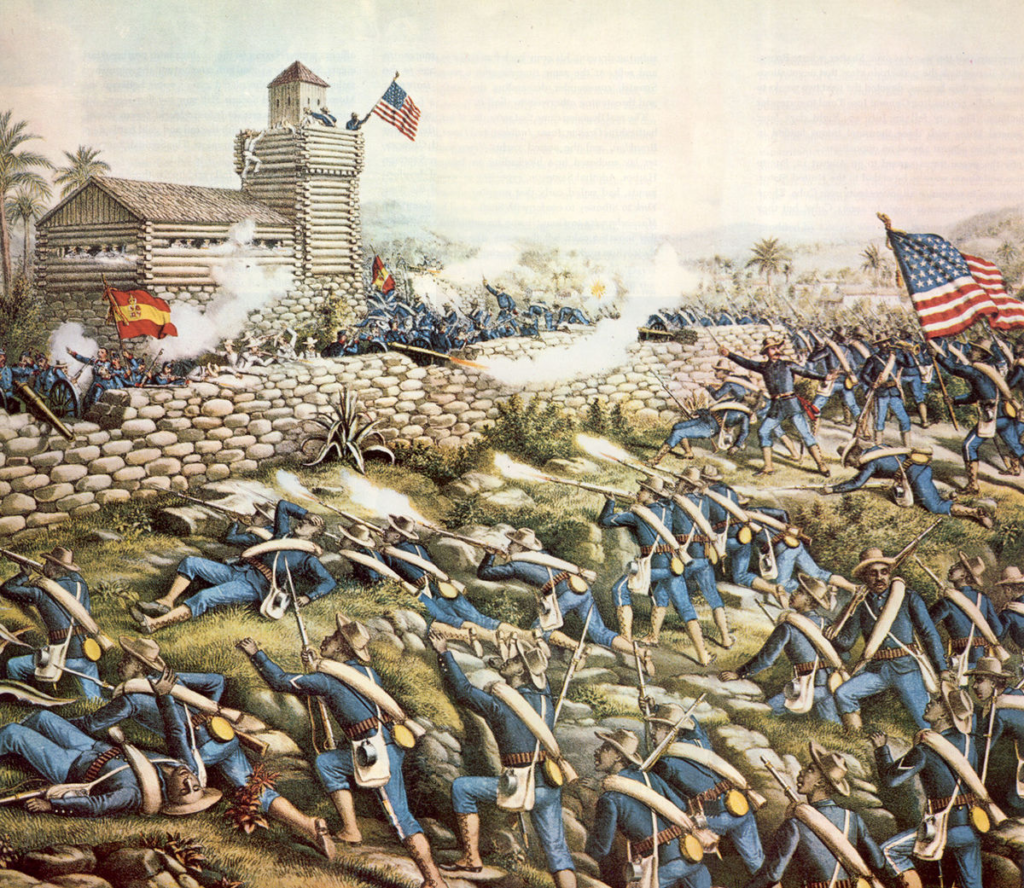
The king, unsure about allowing an entirely new community into his kingdom, sent them a silent message—a full glass of milk. It symbolized that his land was already full, with no space for outsiders.
The Legend of Sugar and Milk
According to the Qissa-i Sanjan, the earliest written history of Parsis in India, the Hindu King Jadi Rana was not immediately convinced about allowing a foreign community to settle on his land.
To illustrate his concern, he sent them a glass of milk, filled to the brim, signifying that his kingdom was already full and had no space for outsiders.
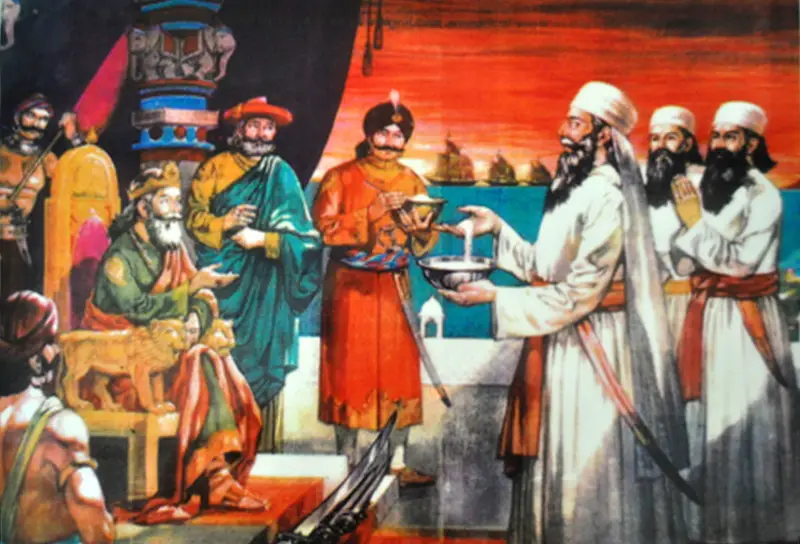
The Parsi priest, a man of wisdom and diplomacy, stirred a spoonful of sugar into the milk—without letting a single drop spill over.
His message was profound:
“Just as sugar dissolves into milk, making it sweeter without overflowing, we too will blend into your society and enrich it without causing disruption.”
The king, moved by their wisdom and humility, agreed to let them stay—but under a few conditions:
- They would adopt the local language, Gujarati.
- They would wear Indian attire.
- They would lay down their weapons and live in peace.
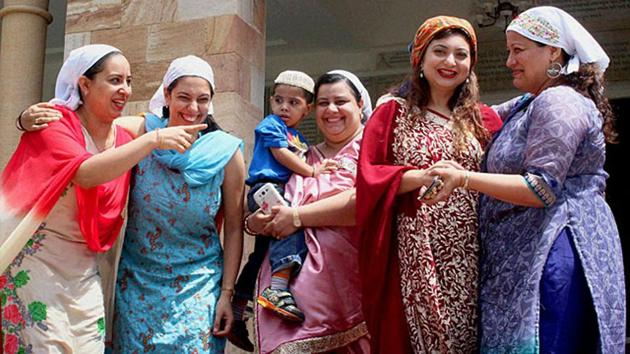
The Parsis agreed. And so began a new chapter in their story—a community that would become one of India’s most celebrated and cherished groups.
The First Fire Temple in India
Once settled, the Parsis focused on one sacred mission—establishing a fire temple to house their holy flame, which they had carried from Persia.
They built the first Atash Behram (Fire Temple) in India, calling it Iranshah, meaning “King of Iran.” This temple became the spiritual heart of the community, a symbol of their unbreakable link to their homeland and faith.
But peace would not last forever.
The Battle of Sanjan
Centuries after the Parsis found refuge in Gujarat, a new threat emerged. Sultan Mahmud Begda’s general, Alaf Khan, marched toward Sanjan with a large army, determined to conquer the region.
Jadi Rana’s descendants, along with the Parsis, stood together to defend their home.
Outnumbered and outmatched, they fought with everything they had. At least 1,400 Parsis took up arms, side by side with their Hindu allies.
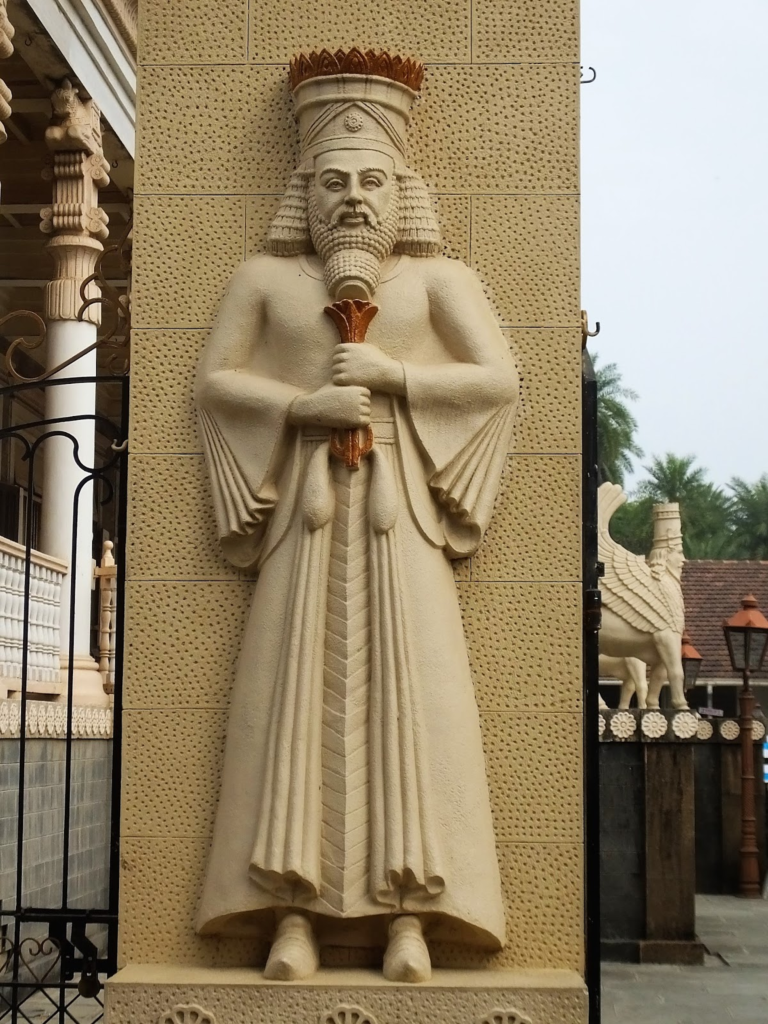
In the first battle, they miraculously defeated the invaders.
But Alaf Khan was not done. He returned with a stronger army. This time, the Parsis and their allies could not withstand the assault. Sanjan fell.
The survivors fled into the forests, carrying their sacred fire to protect it from desecration. For centuries, it was kept hidden, passed from place to place, until it found its final home in Udvada—where it still burns to this day.
The Parsi Legacy
From the moment they set foot in India, the Parsis lived by their promise—they blended in, enriched, and contributed to their new homeland.
Despite being a tiny community, they became giants in Indian history. The Parsi contribution spans across business, science, military, and philanthropy:
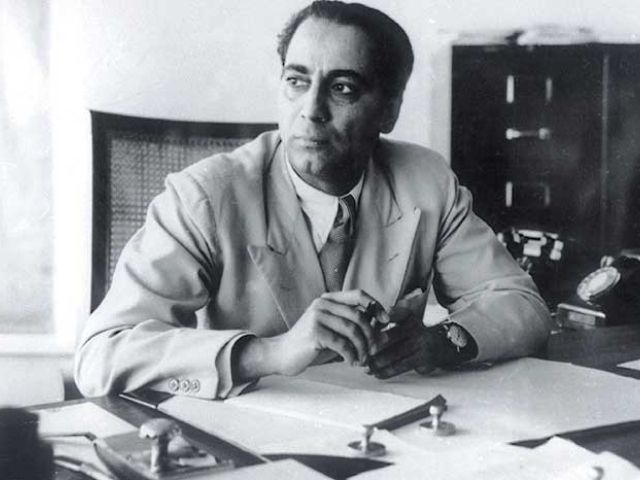
- Jamsetji Tata – The father of Indian industry, who founded Tata Group, the backbone of India’s economy.
- Homi Bhabha – The father of India’s nuclear program, who put India on the global science map.
- Sam Manekshaw – The legendary Indian Army general, who led India to victory in the 1971 war.
- Ratan Tata – The industrialist-philanthropist, who put India before profits, shaping the nation’s economy.
Today, the Parsi population is dwindling—with just about 57,000 Parsis left in India. But their legacy lives on, stronger than ever.
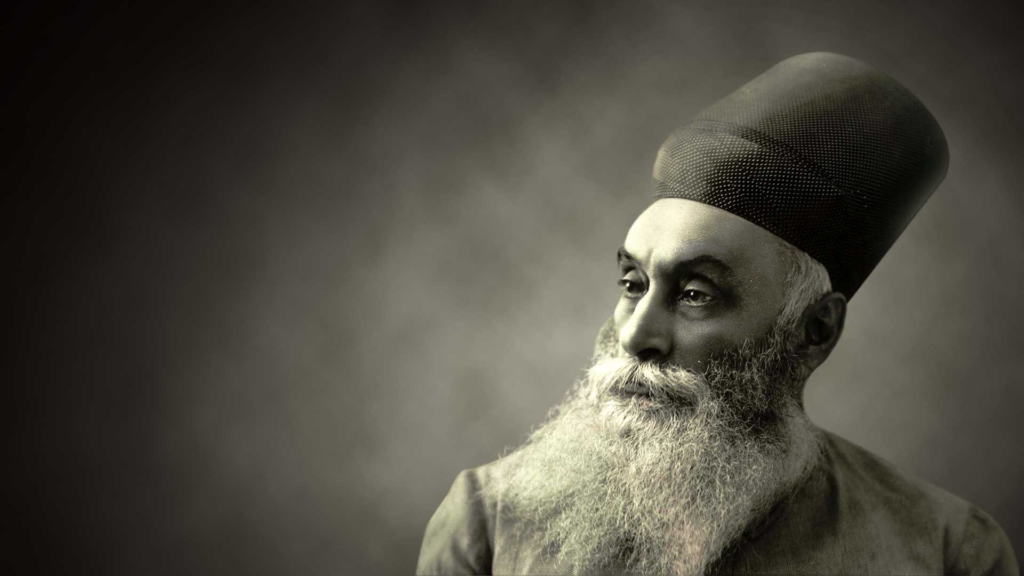
The Parsi Population Today

While the legacy is monumental, the community today is facing challenges. In 1941, the Parsi population in India numbered over 100,000, but by the 2011 Census, it had declined to roughly 57,000. The factors behind this decline include low birth rates, late marriages, and strict community norms regarding interfaith unions. Initiatives like the Jiyo Parsi campaign have been launched to address these issues, aiming to revitalize the community’s future.
